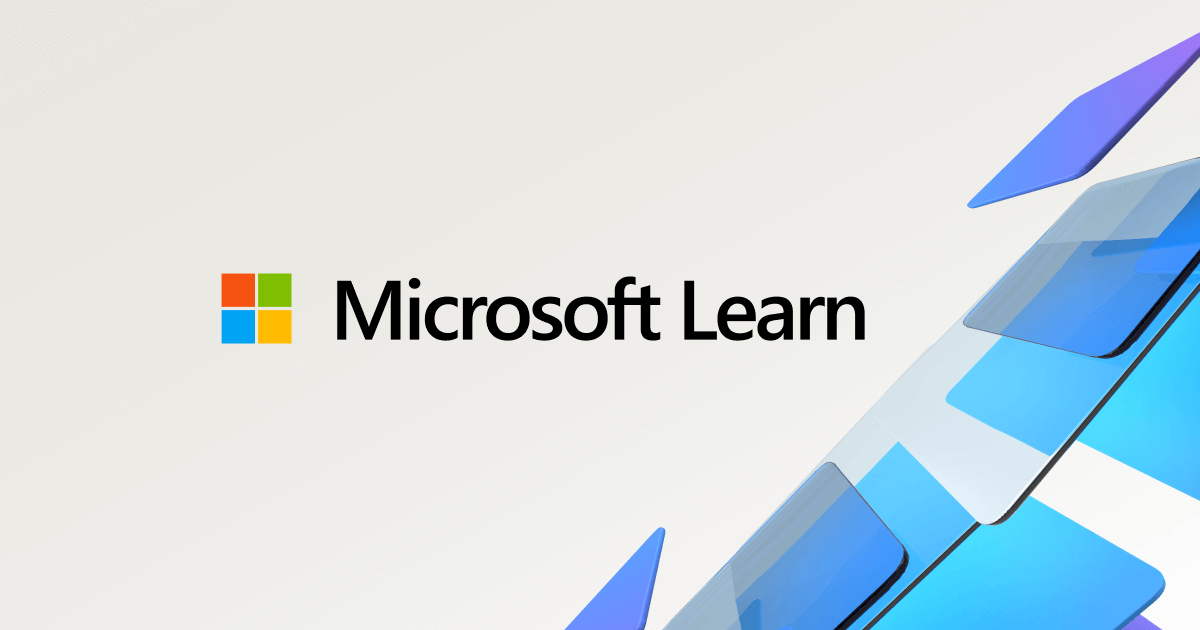This tutorial will show you how to enable or disable Quick Machine Recovery in Windows 11.
Quick machine recovery is a feature that enables the recovery of Windows devices when they encounter critical errors that prevent them from booting. This feature can automatically search for remediations in the cloud and recover from widespread boot failures, significantly reducing the burden on IT administrators when multiple devices are affected.
Building on the foundation of Startup Repair, quick machine recovery uses a secure and connected Windows Recovery Environment to scan Windows Update for remediation options. This allows devices to be recovered without requiring manual intervention.
There are two main settings of quick machine recovery: cloud remediation and auto remediation. Cloud remediation is enabled by default on Windows Home edition devices, while auto remediation is turned off by default. For Windows Pro and Enterprise editions, both cloud remediation and auto remediation are disabled by default. Organizations can decide the best configuration for their devices based on their specific needs.
Cloud remediation is the process of using Windows Update to find remediations and fix issues on devices:
- When enabled, devices connect to the network and utilize Windows Update during recovery scenarios
- When disabled, Windows uses Startup Repair as a local recovery option
Auto remediation allows you to automate the recovery process:
- When enabled, the device connects automatically to Windows Update and tries to find a remediation. If a solution isn't found on the first attempt, the device retries without requiring manual intervention
- When disabled or not configured, the device requires manual intervention to continue the recovery process
- Device crash: When the device fails to boot repeatedly, the system automatically detects the issue and initiates the recovery process
- Boot to recovery: The device boots into the recovery environment to initiate the quick machine recovery process
- Network connection: After a network connection is established, the device scans Windows Update for remediations
- Remediation
- If no solution is found, the system retries the process based on the configured retry scanning intervals and time-outs
- If a solution is found, the system downloads and applies it
- Reboot: After a remediation is applied, the device reboots:
- If the solution is successful, the device boots into Windows
- If the solution fails, the device reboots into the recovery environment again and the process repeats from step 2

Starting with Windows 11 build 26120.3653 (Beta 24H2), Quick machine recovery (QMR), part of the Windows Resiliency Initiative announced at Ignite 2024 is now available in the latest Windows Insider Preview build. This feature, when enabled, addresses widespread boot issues on Windows 11 devices by automatically detecting and applying fixes directly from the Windows Recovery Environment (WinRE) thereby reducing the system downtime and manual intervention. When a critical boot failure occurs, the device enters WinRE, connects to the network, and sends diagnostic data to Microsoft, which can then deploy targeted remediations via Windows Update. IT admins are encouraged to enable, customize, or test this feature, which is enabled by default for home users. Windows Insiders can start testing it today and provide feedback via Feedback Hub to refine the feature further. In the Feedback Hub app on your Windows device, select Recovery and Uninstall > Quick Machine Recovery. Keep an eye out for a test remediation package coming your way in the next few days, allowing you to experience the quick machine recovery in action.
Starting with Windows 11 build 26200.5518 (Dev 24H2) and build 26120.3653 (Beta 24H2), as a follow up to the last announcement of quick machine recovery, the test remediation package is now available for Windows Insiders to experience the full capabilities of QMR in action. Microsoft encourages Windows Insiders to test it today. The remediation package “Quick machine recovery update for Windows 11” will be automatically installed by QMR when “test mode” is activated. To verify the quick machine recovery remediation is installed, go to Settings > Windows Update > Update history. The remediation should be listed under Quality updates. Please note that the ability to see the remediation package in your Windows Update history is gradually rolling out so not everyone will see this listed there right away. To provide feedback, simply open the Feedback Hub app on your Windows device, navigate to Recovery and Uninstall > Quick Machine Recovery, and share your insights. Stay tuned for further updates and enhancements as Microsoft continues to improve the resilience and reliability of Windows.
Starting with Windows 11 build 26200.5600 (Dev 24H2) and build 26120.3964 (Beta 24H2), the Settings > System > Recovery > Quick machine recovery settings page is now available to preview.
Starting with Windows 11 build 26200.5622 (Dev 24H2) and build 26120.4230 (Beta 24H2), Quick machine recovery, a feature introduced as part of the Windows Resiliency Initiative at Ignite 2024 – is now available for Windows Insiders in the Dev Channel. QMR is designed to help Windows 11 devices recover from widespread boot issues by applying remediations through the Windows Recovery Environment (WinRE).
References:

Get started with quick machine recovery in Windows - Windows IT Pro Blog
Learn how to automate fixes and get users to a productive state faster in the event of a boot issue.

Quick Machine Recovery
Learn about quick machine recovery and how to configure it with the RemoteRemediation configuration service provider (CSP).
learn.microsoft.com
You must be signed in as an administrator to enable or disable Quick Machine Recovery.
The Quick Machine Recovery settings shown in this tutorial are only a preview for now, and do not actually work yet. The setting will not save, and will just toggle off when you return to the settings page.
EXAMPLE: Quick Machine Recovery in WinRE Advanced Options
Here's How:
1 Open Settings (WIn+I).
2 Click/tap on System on the left side, and click/tap on Recovery on the right side. (see screenshot below)
3 Under "Recovery options", click/tap on Quick machine recovery. (see screenshot below)
4 Do step 5 (on) or step 6 (off) below for what you want.
5 Turn On Quick Machine Recovery
A) Turn on Quick machine recovery. (see screenshot below)
B) Turn on or off Continue searching if a solution isn't found for what you want. (see screenshot below)
C) If you turned on Continue searching if a solution isn't found, select a Look for solutions every time you want in the drop menu. (see screenshot below)
D) If you turned on Continue searching if a solution isn't found, select a Restart every time you want in the drop menu. (see screenshot below)
E) Go to step 7.
6 Turn Off Quick Machine Recovery
A) Turn off Quick machine recovery, and go to step 7. (see screenshot below)
7 You can now close Settings if you like.
That's it,
Shawn Brink
Attachments
Last edited:















